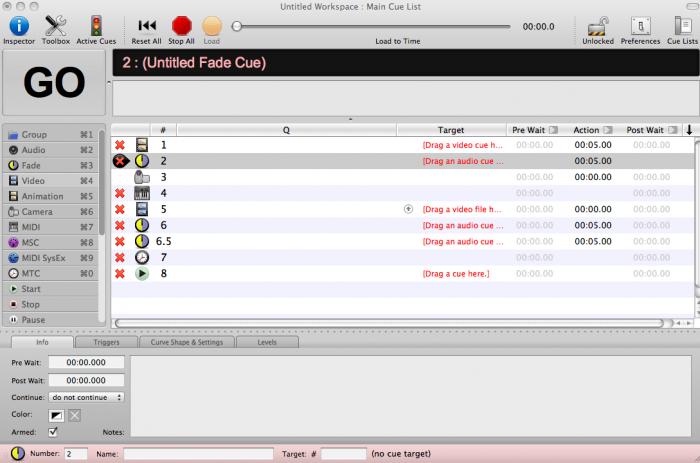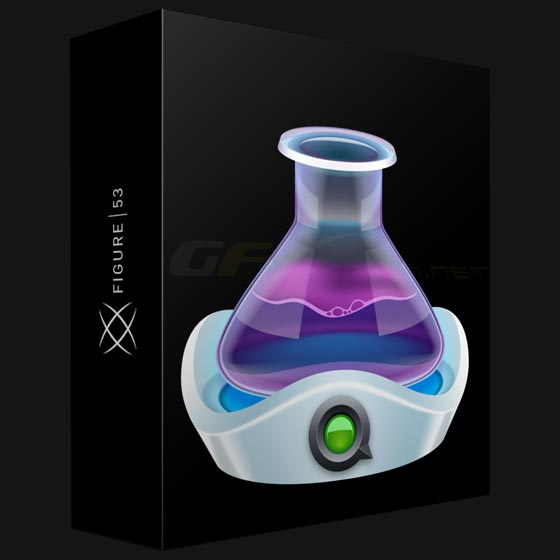

Some industry test methods specify the use of cool white fluorescent lamps for indoor photostability testing. The QUV/uvc tester has multiple safety features to prevent stray UVC light from escaping it is also not equipped with condensation or water spray. The QUV/uvc model uses UVC lamps to deliver light concentrated at 254 nm to test for material durability against photodegradation effects resulting from exposure to UVC light. This short-wavelength, high-energy UVC light can also degrade the materials and surfaces it disinfects. UVC light is used widely in ultraviolet germicidal irradiation (UVGI), a technique used to eliminate harmful viruses and bacteria. Deionized water is recommended for all spray applications. The QUV/spray tester can be set to produce: UV alone, spray alone, or condensation. Longer periods can be used to achieve mechanical erosion. Short periods of spray can be used to create a thermal shock. The QUV/spray tester has the same functions as a standard QUV/se, but also includes a water spray system. More reproducible and repeatable testingįor more information on the benefits of the SOLAR EYE irradiance control system, see LU-0801 - QUV Brochure.The controller monitors UV intensity and compensates for lamp aging and variability by adjusting power to the lamps. The SOLAR EYE system is a precision control system that automatically maintains light intensity through a feedback loop. The QUV/se tester uses a proven condensation mechanism to simulate outdoor moisture attack. The most popular QUV model features the SOLAR EYE Irradiance Control, for precise maintenance of UV light intensity. Q-Lab recommends the QUV/basic tester for comparative exposures where the test specimens and the control specimens are exposed at the same time, in the same tester. In addition, periodic lamp replacement and repositioning is required. This means the QUV/basic tester cannot be used for high irradiance testing. Consequently, the light intensity cannot be adjusted or calibrated. The model, however, does not include the SOLAR EYE irradiance control. The model QUV/basic uses fluorescent UV lamps and a condensation system for moisture simulation.

This is a simplified version of the QUV tester for the lab where economy is critical. See LU-0819 - QUV Specifications or the Features Tab for comparative capabilities. QUV/cw: cool white visible light, condensation and SOLAR EYE irradiance control.QUV/uvc: short-wave UVC light and SOLAR EYE irradiance control.QUV/spray: UV, condensation, SOLAR EYE irradiance control and water spray.QUV/se: UV, condensation and SOLAR EYE irradiance control.QUV/basic: UV and condensation (no irradiance control, single touchscreen display).low cost, long life fluorescent UV lamps.The QUV tester is economical to purchase and to operate, because it uses: Quick calibration with patented AUTOCAL system.Self-diagnostic warnings and service reminders.Multicolor LED light for quick “at-a-glance” tester status.Exposure conditions displayed continuously.Dual touchscreen user interface for easy operation and programming in 17 user-selectable languages: English, Spanish, French, German, Italian, Japanese, Chinese, Korean, Czech, Dutch, Polish, Portuguese, Russian, Swedish, Thai, Turkish, Vietnamese.It operates completely automatically, 24 hours a day, 7 days a week. The QUV UV tester’s simple, proven design makes it easy to install, easy to use, and almost maintenance-free. Visit our standards page for more information. The QUV tester conveniently accommodates up to 48 specimens (75mm × 150mm) and complies with a wide range of international, national, and industry specifications, ensuring the reliability and reproducibility of your test program. This is because the process of evaporating and condensing the water onto the specimens is actually a distillation process, which removes all impurities.

The condensation process automatically purifies the ordinary tap water used in the system. The QUV UV test chamber's condensation system realistically simulates dew and accelerates its effect using elevated temperature. Types of damage include color change, gloss loss, chalking, cracking, crazing, hazing, blistering, embrittlement, strength loss and oxidation.ĭew, not rain, is responsible for most of the wetness that occurs in outdoor exposure. The QUV tester’s fluorescent lamps simulate the critical short-wave UV and realistically reproduce the physical property damage caused by sunlight. UV light is responsible for almost all photodegradation of durable materials exposed outdoors.

Test plastics, coatings, and other materials for durability when exposed to outdoor sunlight, heat, and water. The World's Most Widely Used Weathering Tester™.


 0 kommentar(er)
0 kommentar(er)
